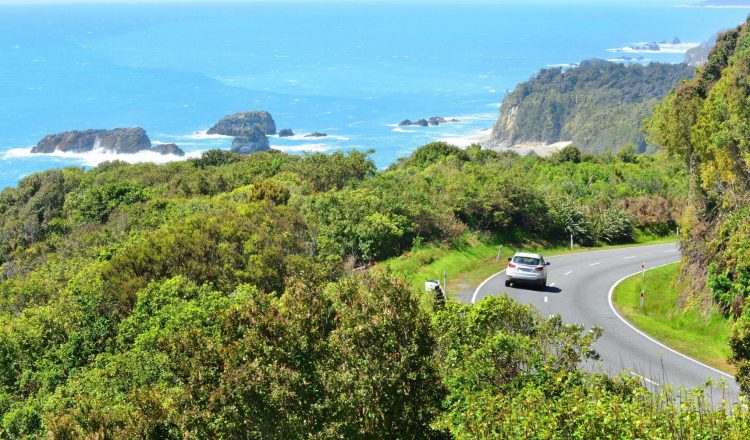Speed
The single biggest road safety issue in New Zealand today is speed – drivers travelling too fast for the conditions.
Speed affects all crashes. It can be a factor in causing them and it has a direct effect on the damage done in a crash. It is clear from the crash statistics that many people underestimate how changing conditions, such as wet weather, can increase road risk.
Driving safely within speed limits
Many drivers aren’t aware that they can be travelling at the speed limit and still be driving unsafely. The speed limit is the maximum legal speed that you can travel at on a road in perfect conditions. However, road conditions are rarely perfect. As a safe driver, you’ll have to look out for changes in traffic, road and weather conditions, and reduce your speed accordingly.
Adjust your speed to the conditions
Traffic conditions that you might need to reduce your speed for include:
- high volumes of traffic on the road
- pedestrians, joggers and cyclists
- holiday times when there are lots of visitors on the road
- parked cars.
Road conditions
Road conditions you should reduce your speed for include:
- bumpy or narrow areas on the road
- wet, icy or gravel road surfaces
- signs warning of hazards such as sharp curves or a slippery surface.
Weather conditions
Weather conditions you should reduce your speed for include:
- rain, snow and ice
- wind
- fog
- bright sunlight.
How does speed affect road safety?
The faster you drive, the more likely you are to crash. As your speed increases:
- the distance you need in order to stop increases
- there is a greater probability that you will be going too fast if you meet an unexpected change in road conditions
- there is a greater chance that other road users will misjudge how fast you are travelling.
The severity of injuries resulting from a crash is directly related to the impact speed of the vehicle – whether or not speeding was a factor in the crash.
What happens when a speeding vehicle crashes?
When a vehicle crashes, it undergoes a rapid change of speed. However, the occupants keep moving at the vehicle’s previous speed until they are stopped – either by hitting an object or by being restrained by a safety belt or airbag.
Human bodies are not designed to be hurled against objects at speed, and the faster the speed, the more severe the injuries.
Risks to pedestrians
If a pedestrian is hit by a vehicle the severity of their injuries is related to the impact speed. The probability of death for a pedestrian rises as impact speed increases, it approximately doubles between 30km/h and 40km/h, and doubles again from 40km/h to 50km/h. The risk to vulnerable pedestrians, such as the elderly and young children, is even higher.
Some facts about speed cameras
The number of crashes is substantially reduced when speed cameras are used. A study of crash data in the 20 months following the introduction of speed cameras in New Zealand in 1993 found a 23% reduction in fatal and serious crashes at urban speed camera sites and an 11% reduction in fatal and serious crashes at rural speed camera sites.
International experience shows that speed cameras are a highly cost-effective speed management tool. This means they save a lot of lives for the cost of putting them in place and operating them.
Speed cameras are sited on stretches of road that have a lot of speed-related crashes. The police consult with councils, NZ Transport Agency and the local AA when deciding where to locate speed cameras.

















































